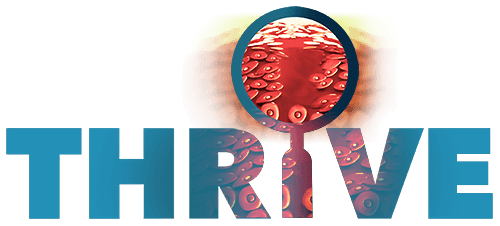Frequently Asked Questions
Prurigo nodularis (PN) is a chronic inflammatory skin condition characterized by the presence of pruritic nodules or hard itchy bumps.1,2 Lesions can vary in size from a few millimeters to 2 to 3 cm in diameter, as well as range in number from a few to hundreds.1 Excessive scratching, picking, or rubbing of itchy skin leads to the formation of nodules, which typically develop on 1 or more of these areas: arms, legs, upper or lower back, buttocks, and abdomen.2
PN is not a bacterium or virus. It is sometimes the result of an underlying infection caused by a virus such as hepatitis or HIV or bacteria such as tuberculosis.3
Cryotherapy may be used to treat your itching. It involves the application of freezing/near-freezing temperatures to the skin to relieve itching.4
Ultraviolet light is used to treat the lesions caused by PN and possibly acts by reducing the actions of inflammatory cells in your skin.4
Physicians are likely to prescribe antidepressants such as selective serotonin reuptake inhibitors, antiseizure medications such as gabapentin that treat nerve pain, and sedatives that can help you sleep better and thereby, to improve the psychological effects of PN.4
PN is not contagious.3 However, if you have an underlying illness such as HIV or tuberculosis, that might be transmissible.4
PN is not a type of cancer.
Currently, dupilumab is the first and only approved drug for the treatment of PN.5 However, your physician is likely to prescribe treatments used for other skin disorders ranging from topical creams that can be applied to the itchy site to oral medications that alter your body’s immune response, as previously described.4 Be patient, it can take time for the treatments to take effect.3
Questions to ask your doctor can include3:
- What are some of the treatments for my itching?
- Will there be side effects?
- Will scratching lead to other infections?
- How soon can I expect to feel better?
- Can my itching be caused by multiple illnesses?
If your PN symptoms are not responsive to available treatments, you may be eligible to enroll in a clinical trial that is testing new drugs for your condition. Talk to your doctor about your eligibility to be a part of an ongoing clinical trial. Check out the status of various ongoing clinical trials in the Resources section.6
Besides following your doctor’s instructions and taking any prescribed medications, some tips to deal with itching include moisturizing your skin, using only mild skin cleansers and products, washing your skin gently, using only warm (not hot) water to wash, avoiding the use of fabrics that make you sweaty, using breathable natural fiber clothing, sleeping in a well-ventilated area, and applying an ice pack to itchy areas.3 Keep your nails short or wear gloves to avoid hurting your skin when you do scratch.3
References and Additional Resources
- Leis M, et al. Prurigo nodularis: review and emerging treatments. Skin Therapy Lett. 2021;26:5-8.
- Ludmann P. Prurigo nodularis. American Academy of Dermatology Association. Updated 9/14/21 (https://www.aad.org/public/diseases/a-z/prurigo-nodularis-overview). Accessed 6/13/23.
- Langmaid S. Prurigo nodularis. 09/09/22 (https://www.webmd.com/skin-problems-and-treatments/prurigo-nodularis). Accessed 09/22/23.
- National Organization for Rare Disorders (NORD). Prurigo nodularis. 2021. Updated 2/13/23 (https://rarediseases.org/rare-diseases/prurigo-nodularis/). Accessed 6/13/23.
- Regeneron Pharmaceuticals. Dupixent® (dupilumab) approved by FDA as the first and only treatment indicated for prurigo nodularis. 9/28/22 (https://investor.regeneron.com/news-releases/news-release-details/dupixentr-dupilumab-approved-fda-first-and-only-treatment). Accessed 6/13/23.
- US National Library of Medicine. ClinicalTrials.gov (https://beta.clinicaltrials.gov/). Accessed 9/11/23.
